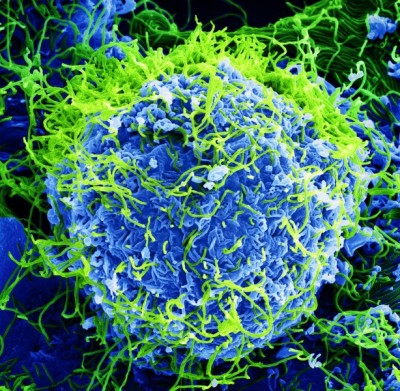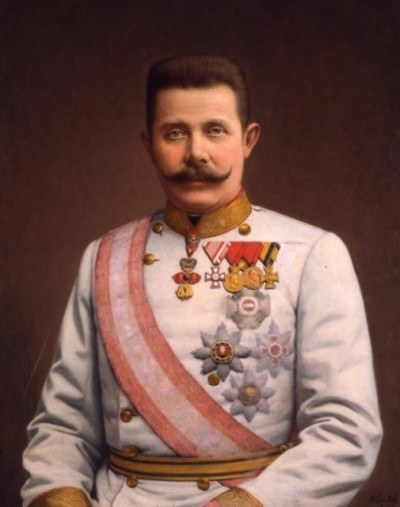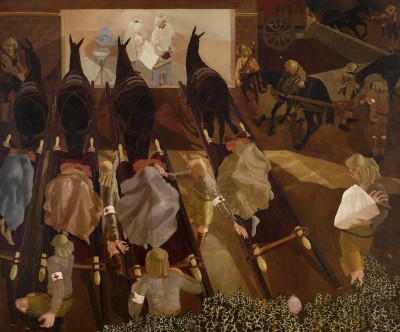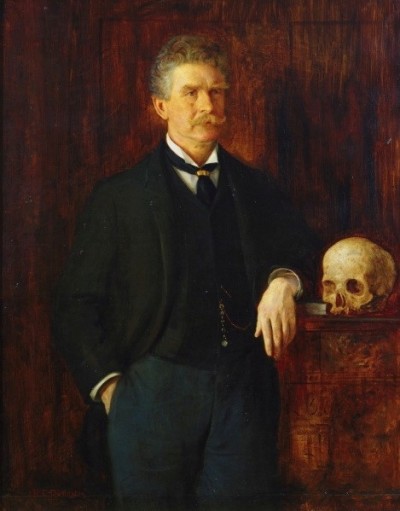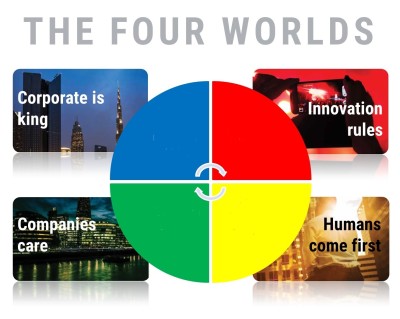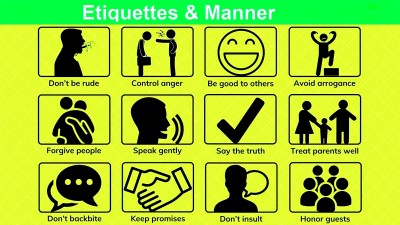Course description
Why are there Diseases and Can we Ever Make a World Without Them?
 Procopius, writing in Constantinople (now Istanbul) in 542 C.E., complained that the plague had killed nearly everyone in the city. Eight hundred years later in Italy, Boccaccio described the disastrous Black Death, which killed a third to a half of the population of Europe. In 1855, twelve million people in India and China alone died from the same cause. And these terrible statistics only tell us about one disease. There are others. There were more victims of the 1918 Spanish flu epidemic – which did not actually come from Spain – than the total number of casualties in the First World War. In 2010, malaria killed 1.25 million people, 65% of them under fifteen years of age. There are also new diseases that cannot be cured, like SARS, ebola and AIDS. AIDS has killed more than thirty million people in about thirty-five years. And now we have Covid 19!
Procopius, writing in Constantinople (now Istanbul) in 542 C.E., complained that the plague had killed nearly everyone in the city. Eight hundred years later in Italy, Boccaccio described the disastrous Black Death, which killed a third to a half of the population of Europe. In 1855, twelve million people in India and China alone died from the same cause. And these terrible statistics only tell us about one disease. There are others. There were more victims of the 1918 Spanish flu epidemic – which did not actually come from Spain – than the total number of casualties in the First World War. In 2010, malaria killed 1.25 million people, 65% of them under fifteen years of age. There are also new diseases that cannot be cured, like SARS, ebola and AIDS. AIDS has killed more than thirty million people in about thirty-five years. And now we have Covid 19!
But where does disease come from and can modern medicine ever create a world without it?
 So, when and where did disease start? For a disease to spread quickly, there must be a large population living close together in a city. Scientists think the number is about half a million. This usually means there are animals living very near them, so that they can easily get milk, eggs and meat to eat and skins to wear. Most epidemic diseases come from animals (although some – like leprosy – travel in the opposite direction from human beings to animals). So, an epidemic starts when people get in the way of a normal animal to animal infection. For instance, plague happens when fleas (that live on rats and cause them to become ill) find healthy human blood and pass the disease from the rat to the person. People also eat diseased meat. For example, the ebola outbreak in Zambia in 2012 probably came from people hunting and eating sick animals. The disease can sometimes then pass from a person to family members, friends and so on through touching, sneezing or sex.
So, when and where did disease start? For a disease to spread quickly, there must be a large population living close together in a city. Scientists think the number is about half a million. This usually means there are animals living very near them, so that they can easily get milk, eggs and meat to eat and skins to wear. Most epidemic diseases come from animals (although some – like leprosy – travel in the opposite direction from human beings to animals). So, an epidemic starts when people get in the way of a normal animal to animal infection. For instance, plague happens when fleas (that live on rats and cause them to become ill) find healthy human blood and pass the disease from the rat to the person. People also eat diseased meat. For example, the ebola outbreak in Zambia in 2012 probably came from people hunting and eating sick animals. The disease can sometimes then pass from a person to family members, friends and so on through touching, sneezing or sex.
In ancient communities, there was not so much travel between different groups and so a disease could kill all the people in a town and then die out. However, if people moved from one town to the next, probably to trade, they carried the disease or the fleas with them and the disease spread there too. As soon as they travelled by ship, they took fleas overseas to bite the local population of a new land. Of course, people carrying a disease but not yet sick fly to other parts of the world nowadays and so epidemics can spread much faster.
But we know so much about medicine these days. Isn’t there some way to stop disease spreading?
 In fact, one of the best is prevention through education. Although 30 million people have now died of AIDS, for example, we can be sure that number would be much, much higher if everyone still had unprotected sex. The gay population in Europe quickly learnt to use condoms to avoid the same increase in the disease as happened in the States, for instance. Malaria still kills more than a million people a year, but the numbers were once much higher. Although there is still no vaccination available, its numbers have fallen because people use mosquito nets from dusk to dawn and so do not get bitten so often.
In fact, one of the best is prevention through education. Although 30 million people have now died of AIDS, for example, we can be sure that number would be much, much higher if everyone still had unprotected sex. The gay population in Europe quickly learnt to use condoms to avoid the same increase in the disease as happened in the States, for instance. Malaria still kills more than a million people a year, but the numbers were once much higher. Although there is still no vaccination available, its numbers have fallen because people use mosquito nets from dusk to dawn and so do not get bitten so often.
Education has also been very important in changing the ways people think about disease. Until the nineteenth century, people usually asked why they were sick and not their neighbours or friends (or, more happily, enemies). This did not help much. But, as science advanced, attitudes changed and people began to ask what disease they had and what they could do to control it. (Nowadays, of course, as genetic explanations play a larger role in our understanding of disease, we have started to ask once again why we have got lung cancer when we do not use cigarettes while our chain-smoking neighbour has not.)
Another point is that we now have very advanced medicine. Surely, this must help to control the spread of disease or even cure it?
 The fact is that bacteria, one of the two causes of disease – the other is viruses – have been on this planet for millions of generations, while human beings only go back about 20,000. This means that bacteria have moved back and forth between animals and people for thousands of years and their genetic codes have changed and continue to change as a result. From the discovery of a disease to the invention of a vaccine or treatment typically takes ten to fifteen years, if there are not too many different government controls and tests. Many people can die in that time, of course, as we have seen with AIDS. However, by the time we have developed an effective medicine, the virus or bacteria might not have the same chemistry or DNA as it had when we first noticed the disease and so the medicine needs to adapt too. In other words, we are always two or three steps behind the disease.
The fact is that bacteria, one of the two causes of disease – the other is viruses – have been on this planet for millions of generations, while human beings only go back about 20,000. This means that bacteria have moved back and forth between animals and people for thousands of years and their genetic codes have changed and continue to change as a result. From the discovery of a disease to the invention of a vaccine or treatment typically takes ten to fifteen years, if there are not too many different government controls and tests. Many people can die in that time, of course, as we have seen with AIDS. However, by the time we have developed an effective medicine, the virus or bacteria might not have the same chemistry or DNA as it had when we first noticed the disease and so the medicine needs to adapt too. In other words, we are always two or three steps behind the disease.
It is also for this reason we can be sure more diseases will appear in the twenty-first century as new genetic combinations occur and human beings get in the way and become infected. As we walk more and more crowded streets, attend bigger and bigger universities and travel further and further, these new diseases will spread … inevitably and unstoppably.
If you want to watch some videos on this topic, you can click on the links to YouTube videos below.
If you want to answer questions on this article to test how much you understand, you can click on the green box: Finished Reading?
Videos :
1. Plague (4:17)
2. The Black Death (11:00)
3. Spanish Flu (11:00)
4. AIDS (6:52)
5. Malaria (4:00)
6. Bacteria and Viruses (3:19)

 Procopius, writing in Constantinople (now Istanbul) in 542 C.E., complained that the plague had killed nearly everyone in the city. Eight hundred years later in Italy, Boccaccio described the disastrous Black Death, which killed a third to a half of the population of Europe. In 1855, twelve million people
Procopius, writing in Constantinople (now Istanbul) in 542 C.E., complained that the plague had killed nearly everyone in the city. Eight hundred years later in Italy, Boccaccio described the disastrous Black Death, which killed a third to a half of the population of Europe. In 1855, twelve million people  So, when and where did disease start? For a disease to spread quickly, there must be a large population living close together in a city. Scientists think the number is about half a million. This usually means there are animals living very near them, so that they can easily get milk, eggs and meat to eat and skins to wear. Most epidemic diseases come from animals (although some – like leprosy – travel in the opposite direction from human beings to animals). So, an epidemic starts when people get in the way of a normal animal to animal
So, when and where did disease start? For a disease to spread quickly, there must be a large population living close together in a city. Scientists think the number is about half a million. This usually means there are animals living very near them, so that they can easily get milk, eggs and meat to eat and skins to wear. Most epidemic diseases come from animals (although some – like leprosy – travel in the opposite direction from human beings to animals). So, an epidemic starts when people get in the way of a normal animal to animal  In fact, one of the best is
In fact, one of the best is The fact is that bacteria, one of the two causes of disease – the other is viruses – have been on this planet for millions of generations, while human beings only go back about 20,000. This means that bacteria have moved
The fact is that bacteria, one of the two causes of disease – the other is viruses – have been on this planet for millions of generations, while human beings only go back about 20,000. This means that bacteria have moved 